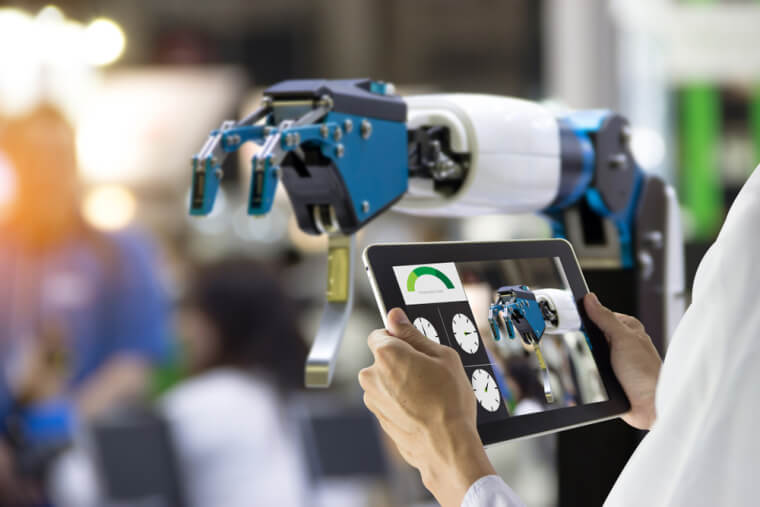1. What Might This Robot Look Like?
The current testing taking place centers around a robot called 'Tengai,' whose job is to replace human interviewers with a completely objective and non-biased form of analyzing job candidates. The reason this could be such an important advancement is that even though job interviewers are trained to be impartial, our implicit biases as humans prevent us from being so. Pre-conceived ideas about people - their dress sense, music taste, ethnic heritage - appear to always be at play, regardless of their relevance to establishing whether somebody would be a good fit for a role. In Sweden, for example, where Tengai is being developed, 75% of non-Swedish foreigners have reported that they feel judged during job interviews for not being Swedish. Whether this is actually happening in every case is unclear, but an automated way to level the playing field would be a huge step forward.
2. When Will It Be Ready?
Hiring managers can rest easy... for now. The interviewing robot is still very much in its infancy and still requires plenty of work to iron out a range of faults. The developers of Tengai are working on 'humanizing' their robot, a challenge that seems to affect virtually all robotics projects. Unlike virtual assistants, for example, Tengai needs to be highly refined and as lifelike as possible, otherwise, it will struggle to win the trust of both companies who might consider using it, and their job candidates. A full release might not be far off, however, as those wishing to join a waiting list to receive a walk-through demo are now able to do so.
3. There's No Need To Worry
Now, for those of you concerned that this is another step towards robots taking all of our jobs and making humans redundant, don't panic. Yes, this is an example of AI being harnessed to improve the efficiency of the human brain, but hiring managers will likely see their skillset employed elsewhere in the company, or the role will adapt to provide businesses with other skills that they require. Genuine concern should be reserved for the robot replacement of humans within roles that require high levels of automation, such as factory production lines, where jobs once carried about by humans could well be replaced by robotics en masse. In fact, this is already a common occurrence in many factories. The truth is, any process that is able to be automated eventually will be.



